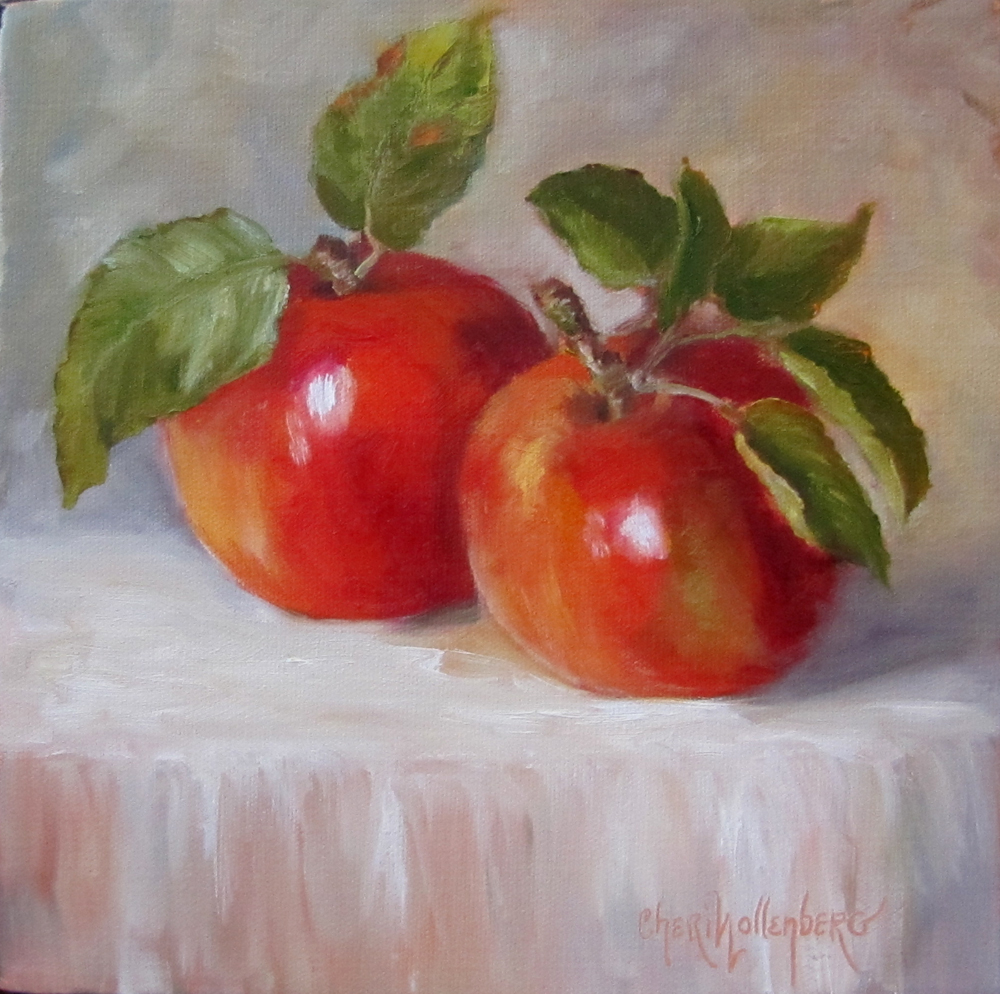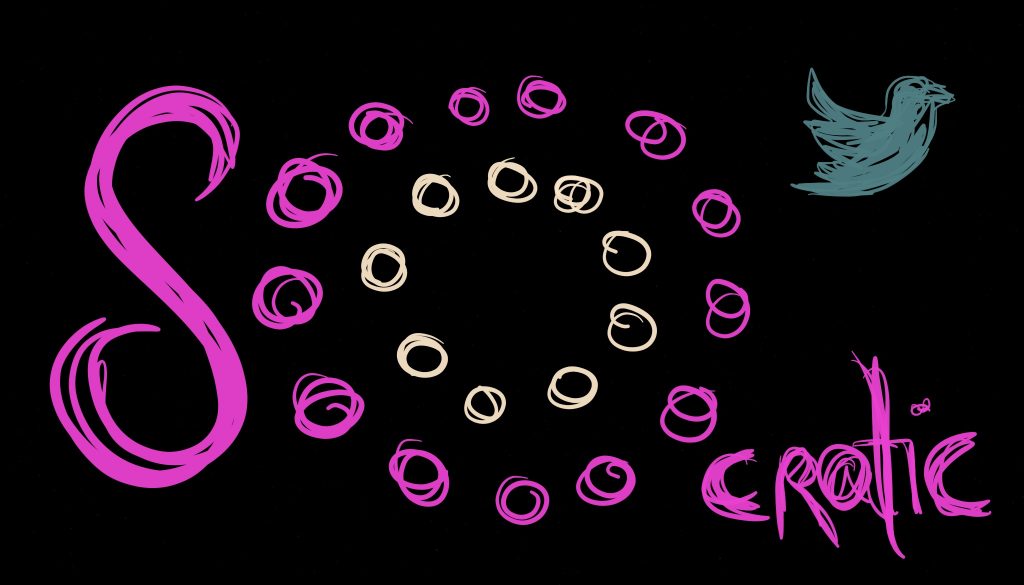In their guide to philosophy in schools, Matthew Lipman, Ann Sharp and Frederic Oscanyan say this:
Getting students to engage in philosophical dialogue is an art. As with any art, some knowledge is a prerequisite – in this case, the teacher should possess an understanding of when it is appropriate to intervene in the discussion and when not to. There are times when the best thing one can do to guide a discussion is to say nothing and let things happen. In fact, the goal towards which a philosophical discussion should move is one in which here is maximum student-student interchange…
Philosophy In The Classroom (1980) 2nd Edition, p.113
Philosophical discussions by Provocation
I was introduced to the art of philosophical dialogue by educational philosopher Dr Felicity Haynes. Her passion for facilitating young children within a ‘community of enquiry’ was inspiring. At the time, I was participating in an Australian Research Council Linkage project with her on researching ‘creative thinking and the arts’. I felt I got to benefit from years of Felicity’s exploration of ‘theory into practice’.
A ‘thinking tool’ that I saw her often play with both students and teachers began with her entrance into the room with a large, colourful shoulder bag which she would rummage around in to extract various objects and place them on a large sheet of poster-size white ‘butchers paper. She would then proceed to draw and quarter the paper into the following table (The colouring is my emphasis for the reader to appreciate the difference between the quadrants).

Starting a philosophical discussion can be naturally dramatic
The dramatic start of rummaging and placing objects on the paper never failed. Even if you knew the exercise already you never knew what Felicity would pull out of the bag. I later discussed it was anything that was laying around in her kitchen and dining room (frequently her lunch) with one or two heirlooms she always carried with her.
You might say the children were drawn into philosophising as soon as Felicity puzzled of where to place them. Of course, like any seasoned teachers, she began with concrete, well-known objects. Her favourite object was an apple she planned to have as a snack. This was followed by a porcelain apple ornament she picked up out of a collection of porcelain objects from her dining room.
Then, when she felt that the minds and hearts around her were engaged in the decision-making, she would begin throwing in objects, manifestations and human experiences that were harder to ‘pidgeon-hole’, a postcard from the art gallery of a famous drawing of a bowl of fruit. The room would light up into a lively discussion when she would produce a photograph and a painting of the same objects: which is more real or less real? how important is it when we say this looks ‘more real’ than something else?



Establishing the rules of a philosophical discussion leads to more discussion
Once she established the ‘rules’ of the game and was satisfied that the children were talking about ‘why’ they thought an object belonged to a particular quadrant, she would stop producing objects and ask children to place concepts like ‘a dream’ and ‘the rules’ into an appropriate square.
As an accomplished teacher, she enabled the children to categorise concepts, actions and objects within a ‘Socratic method’. She would listen as a philosopher for omissions within conversations as much as to what the children would say out loud. She would pose questions to test their assumptions and raise the existence of ‘what if…’ scenarios that took them beyond familiar topics of conversation.
In my own classroom, I have used the Socratic Circle method to build skills of purposeful listen. The inner and outer circle manifestly worked to increase the meaning of participants and observers.

Forming categories is part of making meaning
The challenge of categorisation, so entertainingly illustrated through Felicity’s thinking tool and well-known techniques such as Socratic circles should be underestimated. It often accompanies learning about personal and social contexts. For instance, the current ‘war on terror’ is only the latest manifestation of religious and philosophical ‘wars’ around the meaning of vital terms such as ‘justice’, ‘freedom’ and ‘happiness’. Children live the real meaning of conflicting cultural beliefs and values. They inform everything from their physical appearance, cultural practices and social behaviours.
It follows, then, that they deserve philosophical skills that enable them to express themselves through clarification, restatement and ‘what if…’ imaginings. Returning to Lipman, Sharp and Oscanyan flesh out their own skill-building by pointing out how philosophical discussions attempt to make meaning through
- seeking consistency,
- requesting definitions,
- searching for assumptions,
- indicating fallacies and
- requesting reasons.
What categories reveal about the mind
George Lakoff’s does an exhaustive interrogation of ‘what categories reveal about the mind’ in Women, Fire, and Dangerous Things (1987). He shows how in ‘the good old days’ when we divided off categories of “objective” facts and “subjective” opinion, classical philosophy seemed to sort out how we should pay attention to facts over opinion.
There was only one problem with the neat division, he says: not that it was altogether wrong, but it could only be maintained when philosophers, scientist and others ignored or minimised how ‘the mind’ was “centred in the bodily and imaginative capacities of human beings”.
Like Barbara Oakley points out in A Mind For Numbers: How to Excel at Math and Science (Even If You Flunked Algebra), the human ability for thoughtfulness is frequently disrupted by ‘the zombies within’. These push us towards mindless, habitual behaviours without any thought of their long-term consequences.
Serious thinking and philosophical discussions lead to laughter. Why?
Other research by philosophers and cognitive scientists have in recent years begun to unpack the interesting relationship to humour. For instance, in Inside Jokes: Using Humor to Reverse-Engineer the Mind Matthew Hurley, Daniel Dennett and Reginald Adam show humour as a state of mind in which we find pleasure in futility, chaos and incomprehension!
Human fallibility, they argue, is because the human brain is made up of a “Chevy engine running Maserati software”. The ‘Chevy engine’ is any part of the mind that gives rise to ‘illusions of competence’ while the ‘Maserati software’ can be any part of our working and long-term memory, which leads to insight and ‘deep learning’.
Most remarkably, the researchers show how the benefits of laughter and having a sense of humour as a kind of ‘recovery’ in which the mind learns to correct itself:
The initial emotional response to any discovery of error in your understanding of the world has got to be “uh oh.” But in humor, the brain doesn’t just discover a false inference, it almost simultaneously recovers and corrects itself. It gets the joke. The pleasure of the punch line is enhanced by that split second of negativity just before the resolution.”
Philosophical discussions into the unknown – How will cyberspace affect our meaning-making?
It’s not hard to see how the categories of IRL ‘in real life’ versus the conceptual space of cyberspace, as Wood and Smith also argue in Online Communication, involve us finding ourselves stumbling around in utopian and mythical realms. The virtual world must be by definition be unreal as any ‘literary world’ that we create in literature, theatre or film. But unlike those forms, the online experience is also defined as consisting of multimedia, interactivity, synchronicity and hyperlinks.
In fact, the convergence of those qualities into literary and artistic forms are changing the creative and presentational processes in which older forms are being made and experienced. Perhaps it is not ‘the answer’ that we are seeking in the new digital age around the best way to ‘think’ of how to categorise but finding the right questions to ask about on how we see the benefits for ourselves in a hyperconnected world.
